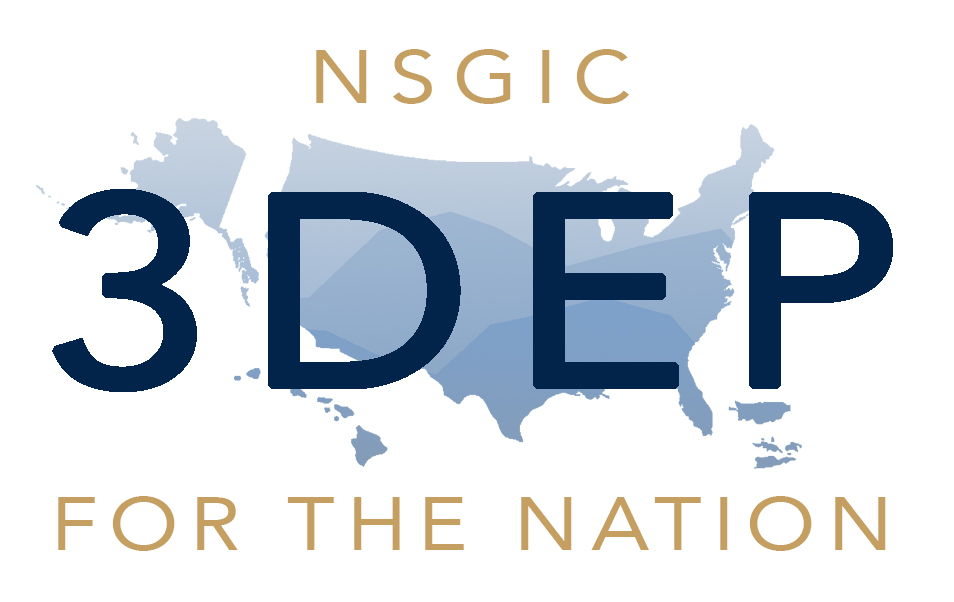Accurate and up-to-date addresses and their locations are critical to transportation safety and are a vital part of Next Generation 9-1-1. They are also essential for a broad range of government services, including mail delivery, permitting, and school siting. In addition, the data can help enable critical applications including public health tracking and disease vector control, natural disaster response, transportation planning, construction/improvements notification, and provision of affordable housing. The National Address Database (NAD) is a unified collection of authoritative address points integrated from partners across the country. In most cases, the data is collected and maintained at the tribal or local governments, the data authorities, and aggregated to the state level before submission to the NAD.
While participation is strong, not all states with address data have been able to become NAD partners. In some cases, there are policies in place that restrict data from being shared publicly. Overcoming these restrictions is important – and possible.
View Addresses for the Nation - Pathways from Restricted Data to Open Data here.

 3DEP for the Nation addresses the need for high-quality topographic data and three-dimensional representations of the nation’s natural and constructed features. Believing 3DEP coverage across the US can be most effectively achieved by establishing plans for each individual state and territory, NSGIC is leveraging its strong working relationships with state geospatial information officers and coordinators to develop these plans.
3DEP for the Nation addresses the need for high-quality topographic data and three-dimensional representations of the nation’s natural and constructed features. Believing 3DEP coverage across the US can be most effectively achieved by establishing plans for each individual state and territory, NSGIC is leveraging its strong working relationships with state geospatial information officers and coordinators to develop these plans.